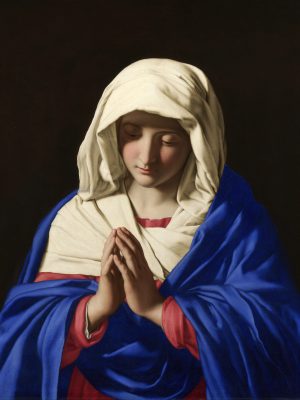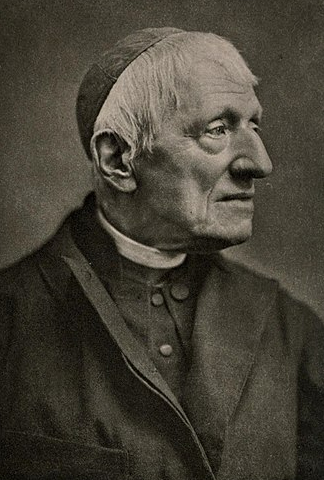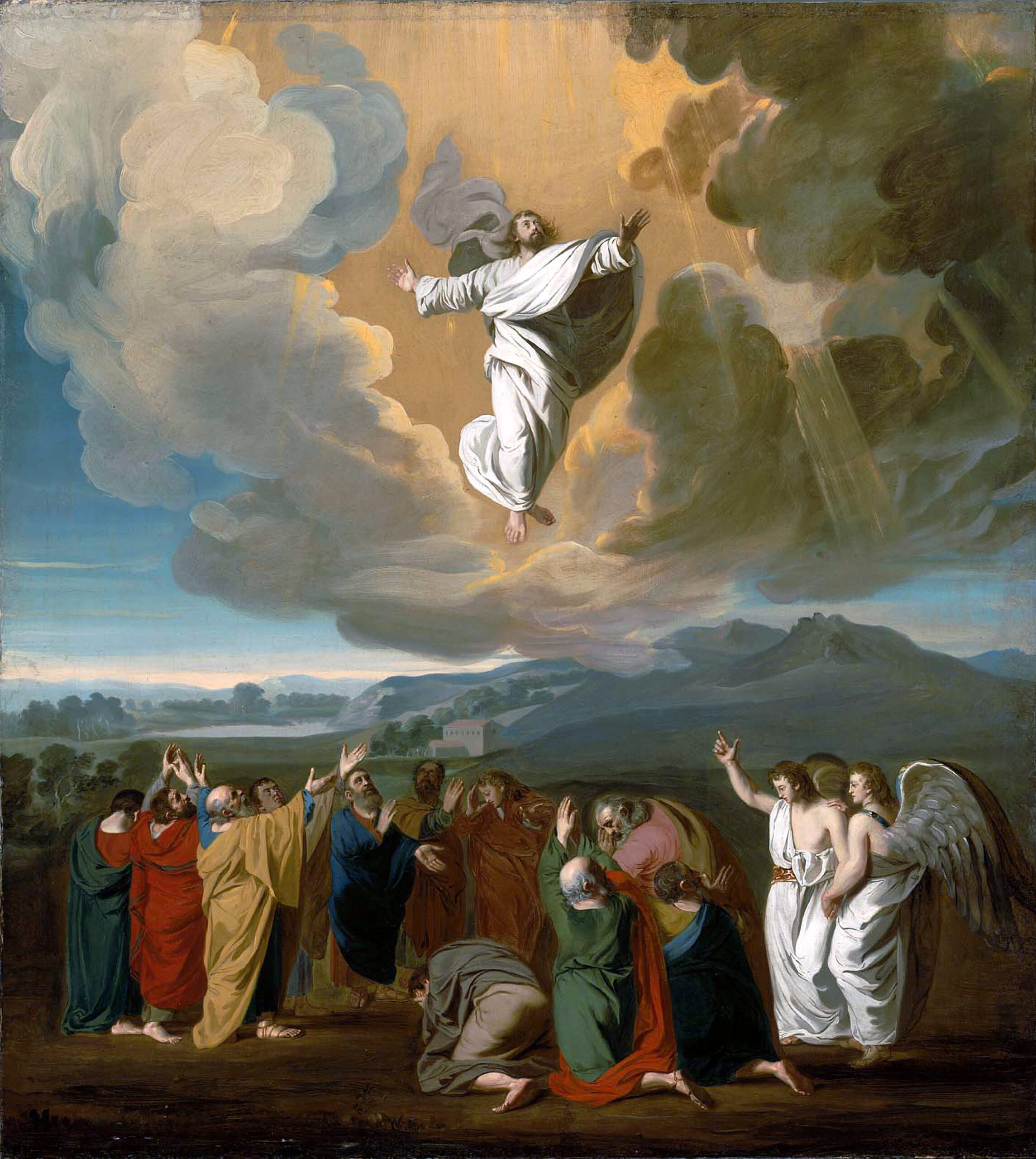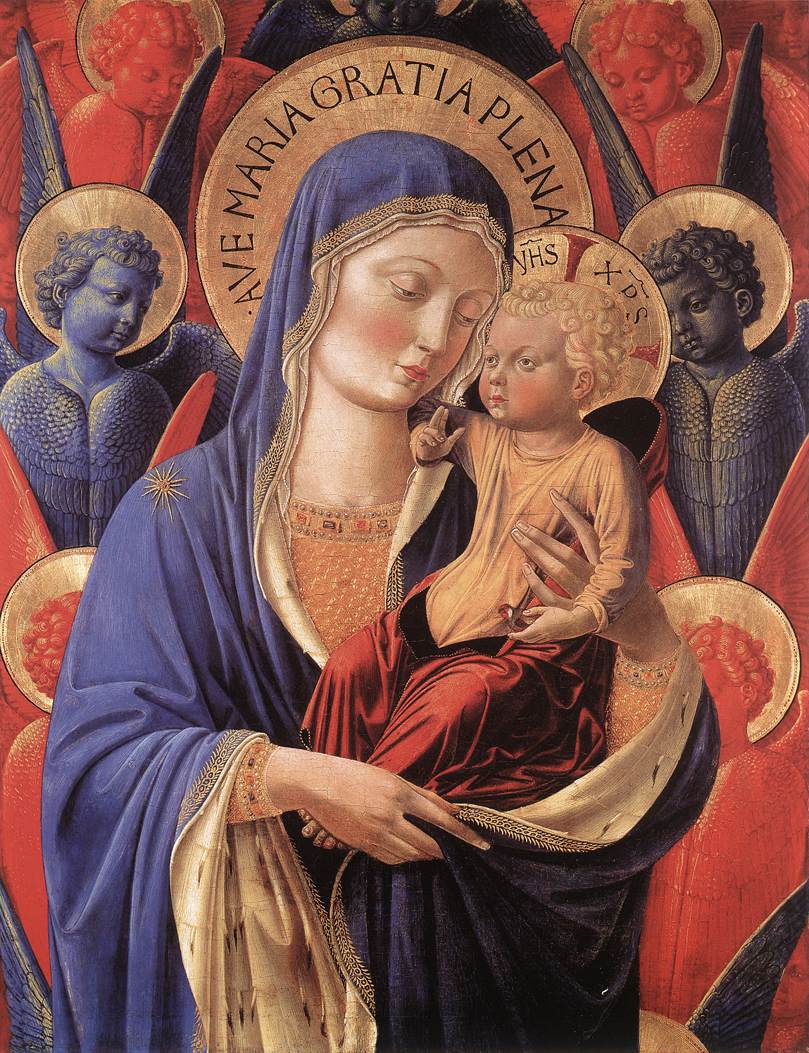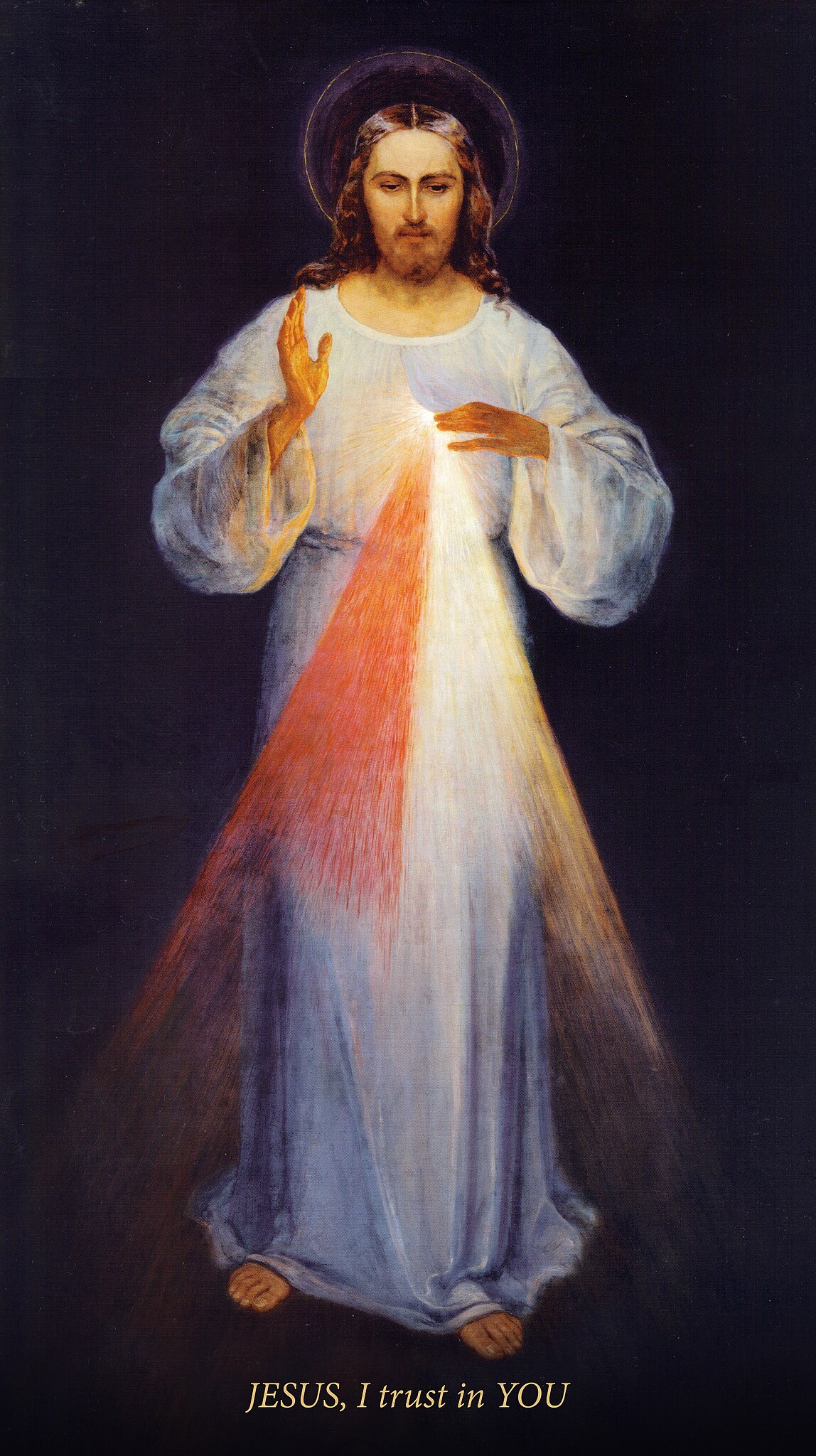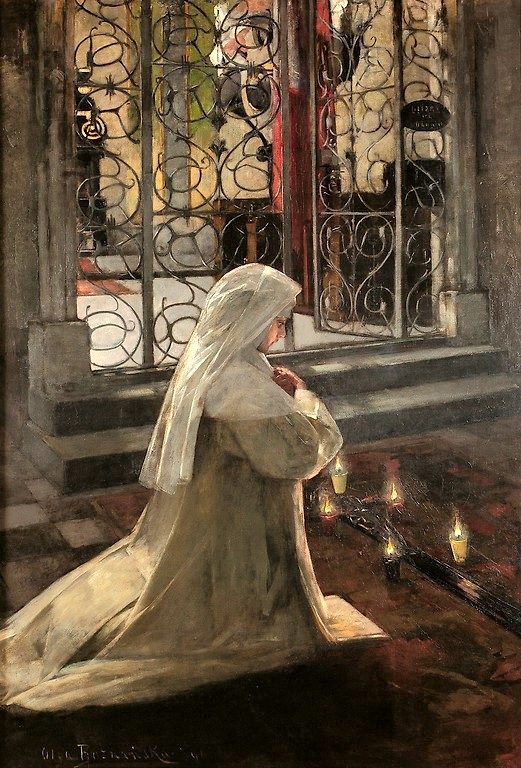“Most Favored Daughter” and “The Sinless Mother” are two meditations on Mary by Saint John Henry Cardinal Newman. Here he reflects on the abundant favor Mary received from God.
MOST FAVORED DAUGHTER
As soon as we apprehend by faith the great fundamental truth that Mary is the Mother of God, other wonderful truths follow in its train; and one of these is that she was exempt from the ordinary lot of mortals, which is not only to die, but to become earth to earth, ashes to ashes, dust to dust. Die she must, and die she did, as her Divine Son died, for He was man; but various reasons have approved themselves to holy writers, why, although her body was for a while separated from her soul and consigned to the tomb, yet it did not remain there, but was speedily united to her soul again, and raised by our Lord to a new and eternal life of heavenly glory.
And the most obvious reason for so concluding is this—that other servants of God have been raised from the grave by the power of God, and it is not to be supposed that our Lord would have granted any such privilege to anyone else without also granting it to His own Mother.
We are told by St. Matthew, that after our Lord’s death upon the Cross “the graves were opened, and many bodies of the saints that had slept”—that is, slept the sleep of death, “arose, and coming out of the tombs after His Resurrection, came into the Holy City, and appeared to many.” St. Matthew says, “many bodies of the Saints”—that is, the holy Prophets, Priests, and Kings of former times—rose again in anticipation of the last day.
Can we suppose that Abraham, or David, or Isaias, or Hezekiah, should have been thus favored, and not God’s own Mother? Had she not a claim on the love of her Son to have what any others had? Was she not nearer to Him than the greatest of the Saints before her? And is it conceivable that the law of the grave should admit of relaxation in their case, and not in hers? Therefore, we confidently say that our Lord, having preserved her from sin and the consequences of sin by His Passion, lost no time in pouring out the full merits of that Passion upon her body as well as her soul.
Original sin had not been found in her, by the wear of her senses, and the waste of her frame, and the decrepitude of years, propagating death. She died, but her death was a mere fact, not an effect; and, when it was over, it ceased to be. She died that she might live, she died as a matter of form or (as I may call it) an observance, in order to fulfil, what is called, the debt of nature,—not primarily for herself or because of sin, but to submit herself to her condition, to glorify God, to do what her Son did; not however as her Son and Savior, with any suffering for any special end; not with a martyr’s death, for her martyrdom had been in living; not as an atonement, for man could not make it, and One had made it, and made it for all; but in order to finish her course, and to receive her crown.
–Meditations on the Litany of Loretto for the Month of May
THE SINLESS MOTHER
Another consideration which has led devout minds to believe in the Assumption of our Lady into heaven after her death, without waiting for the general resurrection at the last day, is furnished by the doctrine of her Immaculate Conception.
By her Immaculate Conception is meant, that not only did she never commit any sin whatever, even venial, in thought, word, or deed, but further than this, that the guilt of Adam, or what is called original sin, never was her guilt, as it is the guilt attaching to all other descendants of Adam.
By her Assumption is meant that not only her soul, but her body also, was taken up to heaven upon her death, so that there was no long period of her sleeping in the grave, as is the case with others, even great Saints, who wait for the last day for the resurrection of their bodies.
One reason for believing in our Lady’s Assumption is that her Divine Son loved her too much to let her body remain in the grave. A second reason—that now before us—is this, that she was not only dear to the Lord as a mother is dear to a son, but also that she was so transcendently holy, so full, so overflowing with grace. Adam and Eve were created upright and sinless, and had a large measure of God’s grace bestowed upon them; and, in consequence, their bodies would never have crumbled into dust, had they not sinned; upon which it was said to them, “Dust thou art, and unto dust thou shalt return.” If Eve, the beautiful daughter of God, never would have become dust and ashes unless she had sinned, shall we not say that Mary, having never sinned, retained the gift which Eve by sinning lost? What had Mary done to forfeit the privilege given to our first parents in the beginning? Was her comeliness to be turned into corruption, and her fine gold to become dim, without reason assigned? Impossible. Therefore, we believe that, though she died for a short hour, as did our Lord Himself, yet, like Him, and by His Almighty power, she was raised again from the grave.
She is also called the Tower of David. A tower, in its simplest idea, is a fabric for defense against enemies. David, King of Israel, built for this purpose a notable tower; and as he is a figure or type of our Lord, so is his tower a figure denoting our Lord’s Virgin Mother.
She is called the Tower of David because she had so signally fulfilled the office of defending her Divine Son from the assaults of His foes. It is customary with those who are not Catholics to fancy that the honors we pay to her interfere with the supreme worship which we pay to Him; that in Catholic teaching she eclipses Him. But this is the very reverse of the truth.
–Meditations on the Litany of Loretto for the Month of May
ooo
This article is taken from a chapter in Meditations on Mary, Our Mother by Saint John Henry Cardinal Newman which is available from TAN Books.


